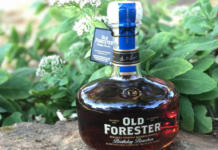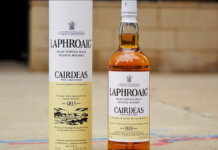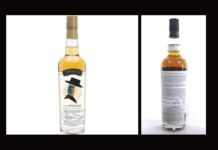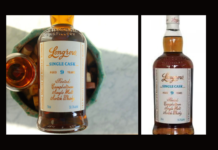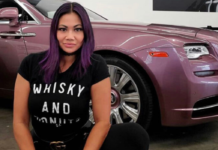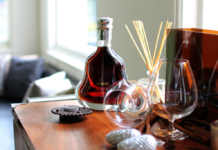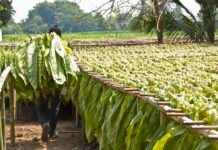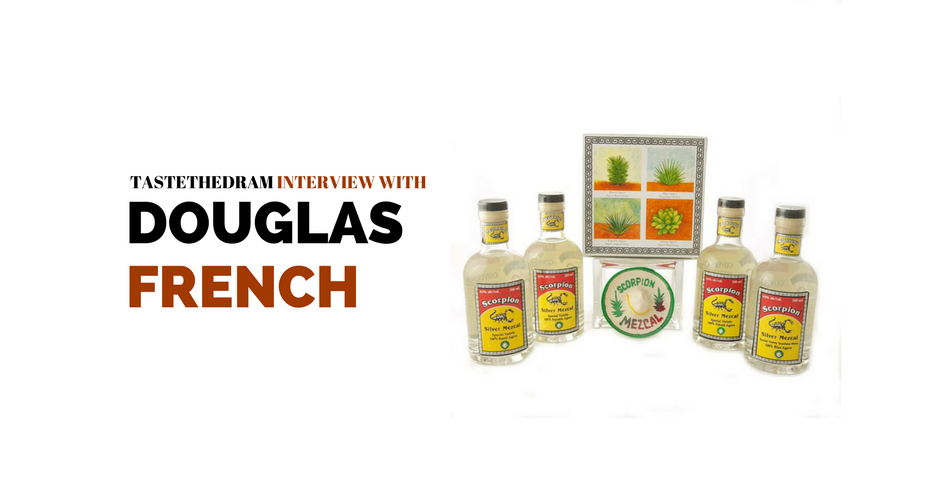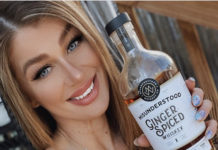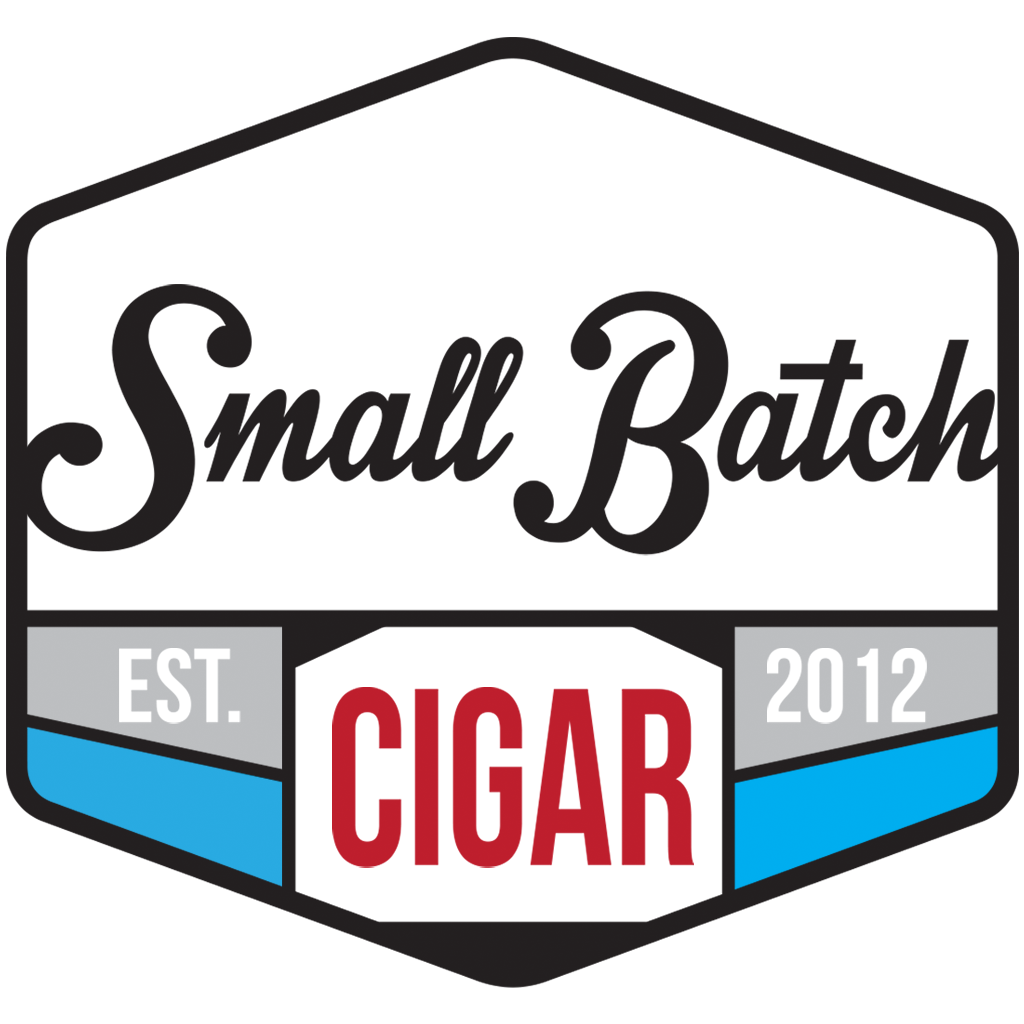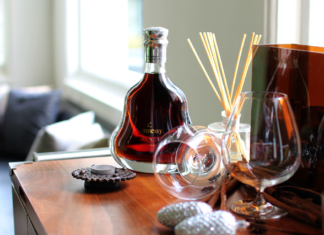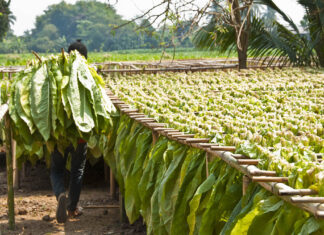We had the pleasure to speak with Douglas French, the man responsible for some of the best tasting Mezcal you will ever drink. He pours his heart and soul into the essence of what mezcal is supposed to taste like. When you take the first sip, you’ll know exactly how we felt. Take a read with us, what brought Douglas on this journey.
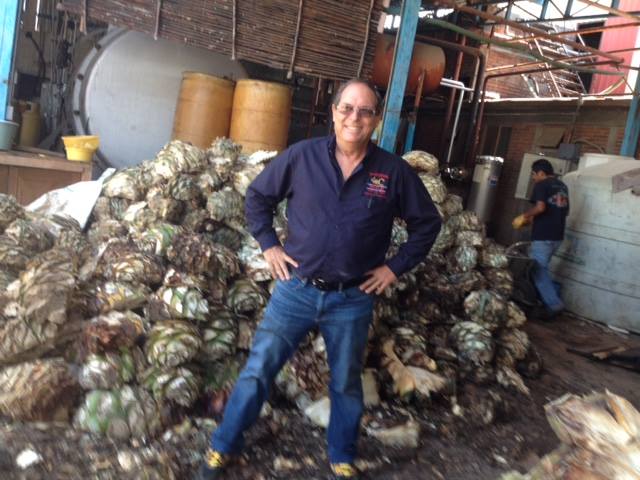 Career History:
Career History:
I was a yarn and textile designer and weaver in San Francisco before I moved to Oaxaca, Mexico with my small craft mill. In Mexico my mill started to thrive until it went bankrupt as a consequence of the NAFTA Free Trade Agreement between the USA, Canada and Mexico.
Most (about 70%) of Mexico’s factories closed down, because of the free trade agreement. I was just one of many to suffer this collateral damage.
I made high quality original designs of natural cotton, wool and silk fabrics for interior decorating and some clothing.
I changed my career to make mezcal. The mezcal industry in Oaxaca has been a subsistence level business activity. Most of the producers make very small quantities and are quite poor. However, I felt that there was potential to carve out a small business.
I hired Don Lupe, a Zapotec, 3 generational maestro mezcalero to start work. We set up a rudimentary Palenque. We dug a hole in the ground for the pit oven to cook the maguey. Lupe bought a log and had it cut into a rectangular block and had it dug out for mashing with wooden mallets. I bought a bunch of sabino boards and Lupe sent them to the carpenter to make the fermentation vats. I found an old 100 liter still and had a local coppersmith patch it up. I also built a home made bottling machine.
With this equipment Don Lupe started to make mezcal, teaching me and some of my weavers how to do it. We were cooking the agave with oak logs in the pit. We cooked about 3 tons at a time per batch. I say about, because there were no scales, it was just a 3-ton truckload. We pounded the agave with wooden mallets to make the mash that was then fermented and distilled. A batch ended up yielding about 175 liters of mezcal. In the beginning we cooked 1 oven load a month then we got up to 2 oven cooking’s a month for a maximum production of about 350 liters. of mezcal a month. I figured that 100 cases a month would be a perfect business and I could set up a hammock to relax in and watch the liquid gold drip out of my pot still. It was looking like a great plan.
Selling Mezcal
I set off to market to sell my mezcal. Unfortunately no one wanted to buy. The local buyers already had suppliers and didn’t need any more. So the Oaxacan market was saturated with mezcal. I decided to go back to the USA to sell it. However no one knew what mezcal was and no one wanted to buy it. No importer was interested in investing in it. So with an old buddy in California, we started our own import and distribution company, Caballeros. This way we at least had the product in the USA ready to deliver without any delays. Still no one wanted to buy mezcal.
I didn’t have the millions of dollars necessary to run a promotional program so I needed something to get sales started. I came up with the Scorpion name and a real scorpion in the bottle. That was exciting and it got sales going even though very slowly.
I soon realized that 350 liters a month wasn’t enough for me and my partner and my employees to earn a living. We were doomed to live in poverty unless we sold the product very expensively and abused the consumer. I couldn’t bring myself to do that. My vision had been to give the best quality mezcal that I could make at a reasonable price to the consumer. So the solution was to make larger volumes. So much for hanging out in the nice comfortable hammock.
I started phase 2 of the distillery by adding a second 350 liter copper still and then a 3rd 500 liter. copper still. I got a motorized shredder and a bunch of fermenting tanks. I produced more that I was selling for a while so I put the excess into oak barrels to start ageing. So I started offering Reposado and Anejo mezcals to compliment the basic silver as per my customer’s requests. An old friend, Barbara Sweetman, decided to join in the effort and started selling mezcal full time in the USA. She is based in NYC. With her efforts sales grew and I needed to produce more.
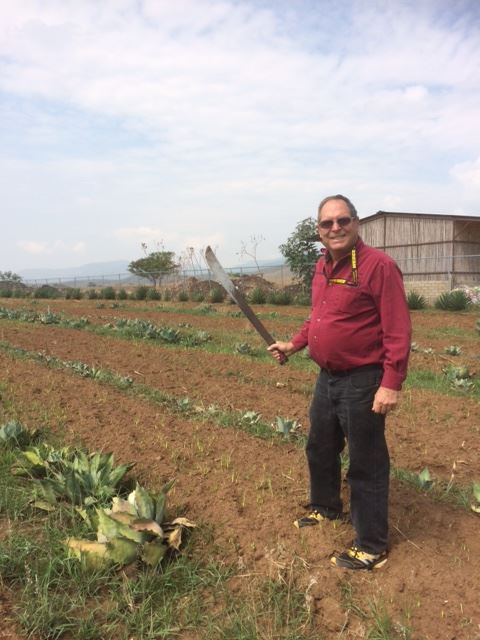 Increasing Production
Increasing Production
Phase 2 started to separate my Palenque from the standard poverty/subsistence level indigenous artisan mezcalero in the villages spread thru out Oaxaca. There are 2 reasons for this: 1 the volume we were making was generating a larger cash flow and 2 we were enhancing the product with barrel ageing, which the indigenous producers could not afford to do.
An old textile friend Barbara Sweetman decided to join in the effort and started selling mezcal full time in the USA. She is based in NYC. With her efforts sales grew and I needed to produce more. This was a pattern with Barbara for the last 15 years. Her relentless enthusiasm and determination is what took Scorpion and the whole mezcal industry forward into becoming a category in the USA. I dare say that over the last 15 years, she has single handedly given more human beings in the world their first taste of mezcal than any other person or company in the industry. She is also the first person to take multiple brands into all the levels of the 3 tier system so that mezcal could settle into the system as a new functional category.
I started phase 3 with several bigger stainless steel stills one 800 liter and one 1400 liter and eventually a 1,800 liter copper finishing still. I built a brick oven to steam cook 5,000 to 6,000 kilos at a time. I was producing a lot and again more than I could sell. I bought a container load of fine French oak barrels from a Bordeaux red wine producer. This really ratcheted up the ageing program.
The steam cooking reduced the smoky flavor of the mezcal, and it let the agave flavors unveil themselves. Scorpion Mezcal samples were sent out to the Beverage Tasting Institute and numerous competitions. Scorpion Mezcal received a Gold 94 points rating on the basic Silver, a Gold 92 on the Reposado, a 95 for the Anejo 1 Year (plus Best Mezcal from Food & Wine Magazine), Platinum 96 on the 5 year Anejo and Platinum 97 on the 7 year Anejo. In all the other competitions Scorpion Mezcals were awarded Golds, double Golds and a couple of Silvers. The market reacted very well to this change and sales increased quite quickly. Soon I had to set up phase 4 of production with more stills, fermenting tanks and bigger ovens to process more agave to be able to supply the growing demand.
I have always produced more than I sell so that I was sure that I could deliver my customers orders on time. The excess mezcal is put into barrels for the Reposado and Anejo mezcals.
Barrel Aging
Like anything the repetitive process making silver mezcal becomes tedious and boring. Also drinking silver mezcal is okay for entry-level drinkers, but again it gets boring. The Reposado and Anejo are always welcome delicious variations to the basic silver mezcal. The age-ing process is always an exciting and mysterious process. Since every barrel is different, the number of uses is different, the type of wood is different, the char is different, etc. so as a result the flavor is always different. Barrel ageing is an art not a science.
I also discovered early on that different varietals of agave create different flavored mezcals. So during the process of buying the agave from the indigenous agave farmers and cooperatives in different regions of the state, a fellow would pop up with a batch of a wild agave. I would usually buy it. I then made it into mezcal. Delicious stuff! Since I wasn’t selling it, it just sits around. If it were a big batch I would put some into barrels to age and become even more delicious. Finally in 2012 I started introducing the Tobala varietal for sale (long considered the King of Agaves). Little by little I am designing different presentations to offer more varietals for sale. I sent samples of the Tobala to BTI and were judged and awarded Platinum 96 rating for the Silver and a Platinum 97 rating for the extra Anejo Tobala.
Self-Growing the Market
A long time ago I realized that there wasn’t enough wild agave available to bring a product to market and be able to deliver it consistently. So in 1997 I started to plant Tobala along with the Espadin agave that I was growing. The existing folklore in Oaxaca says that Tobala can only grow in the wild, it cannot be cultivated. I collected seed in the mountains and I planted some experimental plots. Tobala grows very well when cultivated, the folk lore is not true. I also hired an agriculture engineer to study the states agricultural university records on the subject. He discovered that in the 1930’sand 40’s Tobala was a standard production crop. This is an era before the government introduced programs to establish Espandin as a mono crop in Oaxaca.
To grow a plant you need seeds to start. So I have hiked through the mountains of Oaxaca many times looking for and sometimes finding ripe seeding wild agave varietals and collected bulky bags of seeds to carry back to my nurseries. I have created a seed bank of agave varietals, and maintain nurseries to grow the baby plants.
It is slow work to create a basis for commercial crop cultivation of varietal agave’s. It takes 1 to 2 years in the nursery to germinate the seeds and get the plant large enough to be transplanted as a crop. Then it takes 6 to 15 years in the Oaxacan central valley, where I live, to grow the crop. Of course all of this takes money, money and more money, which is very scarce for us small artisinal mezcaleros. We have no source of financing except or own hard-earned profits. The only way to grow is to tighten the belt and reinvest as much of the profits as you can into growth and crops. I now have about 50 acres growing with 5 varietals. Every year I harvest and every year I plant, that is the way with maguey. Last year I planted 5000 Barril agave plants (also called madrecuixe, verde, largo of the Karwinski family). It takes about 15 years to mature. At my age, I have no idea if I will live long enough to see the harvest. I also realize that my efforts are just a drop in the bucket in comparison with what is needed for the growing mezcal market. However it is a starting place to get this segment of the market going. I am now presenting these small exclusive varietals under my trademark ESCORPION.
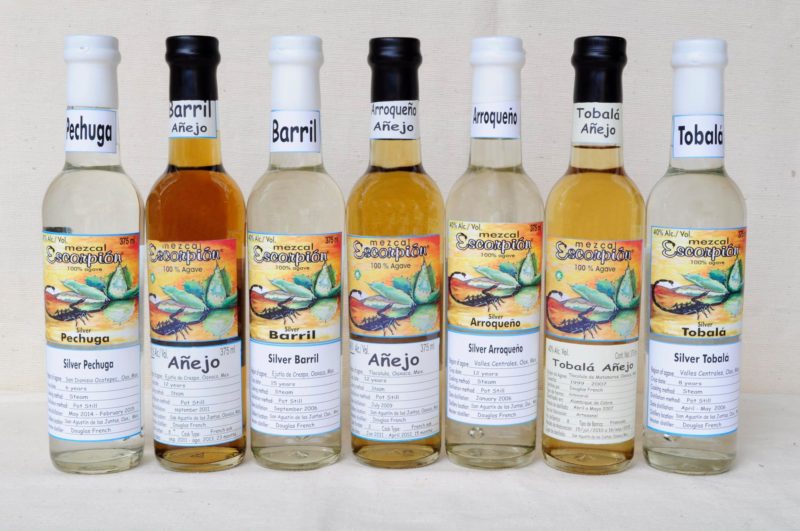 Reviving old Traditions while creating jobs
Reviving old Traditions while creating jobs
This is my story of living and working with the Zapotec peoples in Oaxaca to help build a category that has been hidden in the Sierra Madre del Sur for centuries. It has been forsaken and beaten down by taxes and tequileros over the last century. Now is it’s time to bloom as a category in the global arena. I am a part of this movement. I have exported 14 mezcal brands to 16 countries around the world and my import company Caballeros, Inc. is adding more brands to the portfolio to get even more mezcal into the USA market. I have worked on this project for 20 years. As I write this there are about 100 Zapotec indigenous people in Oaxacan villages who eat every day because of the business transactions that I conduct with them, their fathers, brothers, wives or children. Things are getting a little better now that mezcal is becoming more recognized and appreciated. I hope to continue working and building the brand, category and jobs in Oaxaca.
There is currently a shortage of agave and lots of the small palenques are not distilling because there is no maguey. I am in the same boat. So instead of looking for an outside job, I have developed recipes to make Rum and Whiskey. They will be launching in the USA by the end of this year under the SIERRA NORTE Whiskey brand trademark. The whiskies are especially exciting, because they are made with heirloom corn. I am using white, yellow and black corn. Oaxaca is the origin of corn in the world and has over 2090 varieties of corn.
Douglas, what attributes do you think are important for a master distiller to possess?
DF: Learn to sleep next to your still and wake up at the right times to cut heads , tails and not spill anything. You need patience.
What Mezcal and Whiskey expressions does the distillery currently produce?
DF: Oh boy, we are always producing everything in our product line and much more. In the mezcals I grow wild varieties of agave and make mezcal from it as it ripens ( anywhere between 5 years to 15 years in the field). Some experiments only have a few plants that may make as little as 5 lts. and some have big tonage ( well big for hand crafted spirits, you know enough to make a few thousand liters at the most). In the whiskies the heirloom corns are a challenge, because I am having to revive a lot of species colors that are basically extinct. So this is a major challenge and there are lots of surprises.
We are producing consistently white corn , yellow corn and a little black corn. However my quest to produce red corn has been a winding path. I started 3 years ago with 1 cob of red corn that a friend brought me from the Sierra Norte. So I planted it and got a couple of kilos of seed . I also found in several small village markets a few pounds of this that and the other variation of red corn. I found enough to plant 1 acre of my own fields and a couple of acres of some other local farmers. Interestingly we found that when we hand harvested and hand shucked the corn harvested we got a rainbow of colors ranging from the blood red corn we wanted to white corn, pink, orange, yellow , purple and some black. So we hand selected each cob and separated the different cobs to get seed stock for next year and some to distill for whiskey and beer. Oh yeah, I’m experimenting with wheats and rye.
What have been the main challenges involved in setting up a new distillery?
DF: The challenges of building a distillery with no financing using reinvestment of profits to move forward and live on air in the process. Also the fact that we had to build a new category into the market place with no assurance that it would work.
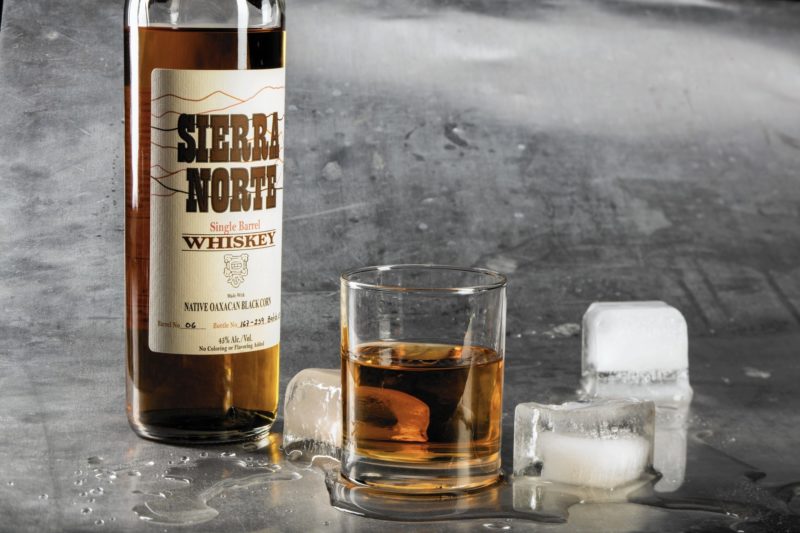 And what has been the part you’ve enjoyed most?
And what has been the part you’ve enjoyed most?
DF: The satisfaction of accomplishing our goals and drinking the toast to our achievement.
“To make something of quality means that you put your body and soul into it. To create something new is an art form and an extension of oneself. – Douglas French”
What three words do you want people to associate with your spirits?
DF: Delicious taste, quality.
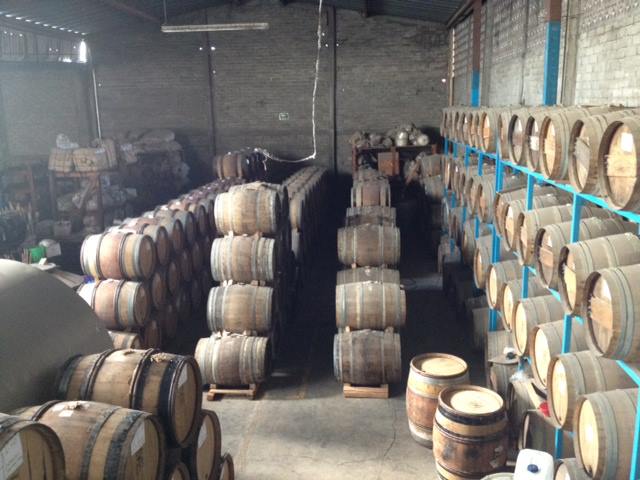 How do you ensure that these are carefully balanced to produce a consistently high quality product?
How do you ensure that these are carefully balanced to produce a consistently high quality product?
DF: Hard work and diligent attention to detail.
How do you plan to expand the product nationally?
DF:I give Barbara the unique product and she does her magic. We are a small company . We are thinking about bringing in capital investors to help us move forward faster.
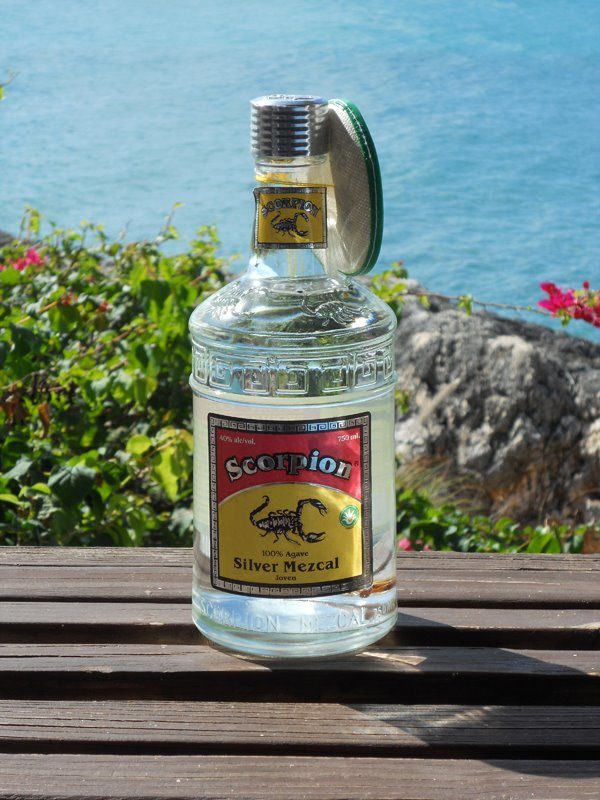 What is in the pipeline for 2017 that we should look out for?
What is in the pipeline for 2017 that we should look out for?
DF: Sierra Norte whiskey is starting to get into the pipeline. Limited quantities, I suggest that people look for it and get what they can. It is really tasty delicious.
Do you have any role models in this industry?
DF: Hennessy.
Anything else you’d like to share with our readers?
DF: Let the spirit of Baccus take you on your journey of life to live it to the fullest and enjoy your time on the earth to the fullest.





